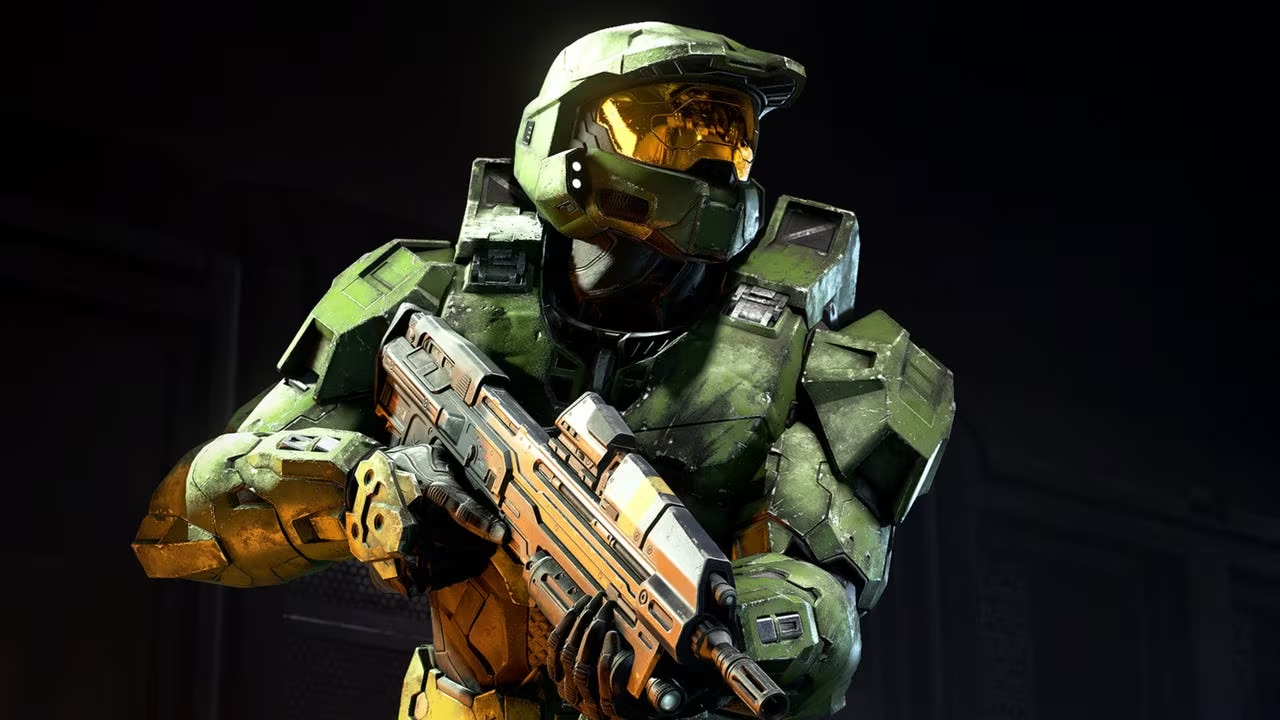The End of Seasonal Updates: Halo Infinite Enters Maintenance Mode
Microsoft has confirmed a significant strategic pivot for the flagship title Halo Infinite. The game is transitioning into a “maintenance mode” following the release of its final major content update. This shift signals the end of large-scale seasonal content, battle passes, and major feature additions that have defined the game’s live service model since its launch in late 2021.
The decision, announced by developer Halo Studios (formerly 343 Industries), is designed to free up development resources to concentrate on “multiple new Halo titles in development.” While the move may disappoint players hoping for continued robust expansion of Halo Infinite, it marks a clear commitment by Microsoft to revitalize the franchise through new, dedicated projects.

What ‘Maintenance Mode’ Means for Players
The term “maintenance mode” is crucial, as it distinguishes the game’s status from a complete shutdown or ‘end-of-life.’ Halo Infinite will remain fully operational, but its development focus will narrow dramatically. For the player base, this means the following immediate changes:
Continued Support and Operations
- Server Stability: Core online services and matchmaking will be maintained to ensure the game remains playable.
- Bug Fixes: Critical bugs, exploits, and necessary security patches will still be addressed.
- Store Operations: The in-game store will likely continue to rotate items, utilizing existing assets.
The Cessation of Major Development
The key takeaway is the halt of significant new content creation. Players should not expect:
- New Seasonal Content: The upcoming major update will be the last to introduce a full seasonal structure, including new Battle Passes, narrative content, or large-scale map additions.
- Major Feature Overhauls: Large, complex systems requiring extensive development time, such as significant engine updates or core gameplay redesigns, are unlikely.
- New Narrative Content: The campaign will not receive further expansions or story missions.
This approach allows the studio to fulfill its commitment to keeping the existing game operational while dedicating its creative and technical teams to future projects.
The Strategic Rationale: Focusing on Future Halo Titles
The primary motivation behind the shift is to accelerate the development pipeline for the next generation of the Halo universe. Halo Studios is now tasked with managing “multiple Halo titles in development,” signaling a broader, multi-project strategy for the franchise.
This pivot follows a period of significant restructuring within the studio. The challenges faced during Halo Infinite‘s development—including delays, content droughts, and the complexity of the proprietary Slipspace Engine—have led to a renewed focus on efficiency and long-term vision.

Implications for the Franchise
Moving away from the demanding live service model of Infinite suggests several possibilities for the future of Halo:
- Engine Transition: Future titles may utilize a more modern, efficient engine, potentially moving away from the Slipspace Engine, which has been cited as a source of development friction.
- Diverse Experiences: The mention of “multiple titles” could mean simultaneous development of a mainline entry alongside spin-offs, smaller experimental titles, or games focused purely on specific aspects (e.g., a dedicated battle royale or strategy game).
- Clearer Vision: By ending the constant cycle of seasonal updates, the studio can dedicate undivided attention to defining the creative and technical foundation of the next major installment, aiming for a more polished and complete launch experience.
“Our commitment to the Halo universe remains absolute. This strategic shift allows us to focus our collective energy on building the future of the franchise, delivering new experiences that meet the high expectations of our community,” the studio confirmed in its official blog post.
Context: The Live Service Challenge
Halo Infinite‘s journey has mirrored the difficulties many major publishers face in sustaining massive live service games. While the game launched to critical acclaim, particularly for its campaign and free-to-play multiplayer, maintaining consistent, high-quality seasonal content proved challenging.
Initial delays in releasing key features, such as campaign co-op and the highly anticipated Forge mode, created friction within the community. Although these features were eventually delivered, the pace of content updates often struggled to keep pace with player expectations set by competitors in the live service space.

This transition to maintenance mode is a pragmatic acknowledgment of the resources required to sustain a modern AAA live service game versus the long-term benefit of investing those resources into building the next foundational entry for the franchise.
Key Takeaways
- Status Change: Halo Infinite is moving to maintenance mode after its final major update, ending large-scale seasonal content development.
- Operational Status: The game will remain fully playable, with servers and critical bug fixes continuing.
- Strategic Goal: The primary reason is to reallocate Halo Studios‘ resources to focus on multiple new Halo titles in active development.
- Future Focus: This signals a major shift toward defining the next generation of the Halo franchise, potentially involving new engines and diverse game formats.
Conclusion: Looking Beyond the Ring
While the end of major content updates for Halo Infinite closes a chapter for the current generation of the game, it opens the door for a renewed focus on the franchise’s future. For dedicated players, the current game will persist, but the excitement will now shift toward official announcements regarding the new projects that Halo Studios is developing.
This decision is less about abandoning Infinite and more about prioritizing the long-term health and creative direction of one of gaming’s most iconic science fiction universes. The expectation is that the next titles will benefit from the lessons learned during Infinite‘s live service tenure, aiming for a more stable and ambitious foundation for the future of the Master Chief saga.
Original author: Wesley Yin-Poole
Originally published: November 7, 2025
Editorial note: Our team reviewed and enhanced this coverage with AI-assisted tools and human editing to add helpful context while preserving verified facts and quotations from the original source.
We encourage you to consult the publisher above for the complete report and to reach out if you spot inaccuracies or compliance concerns.

